Iran has threatened to close the Strait of Gibraltar linking the Mediterranean and the Atlantic for shipping (The Hindu)
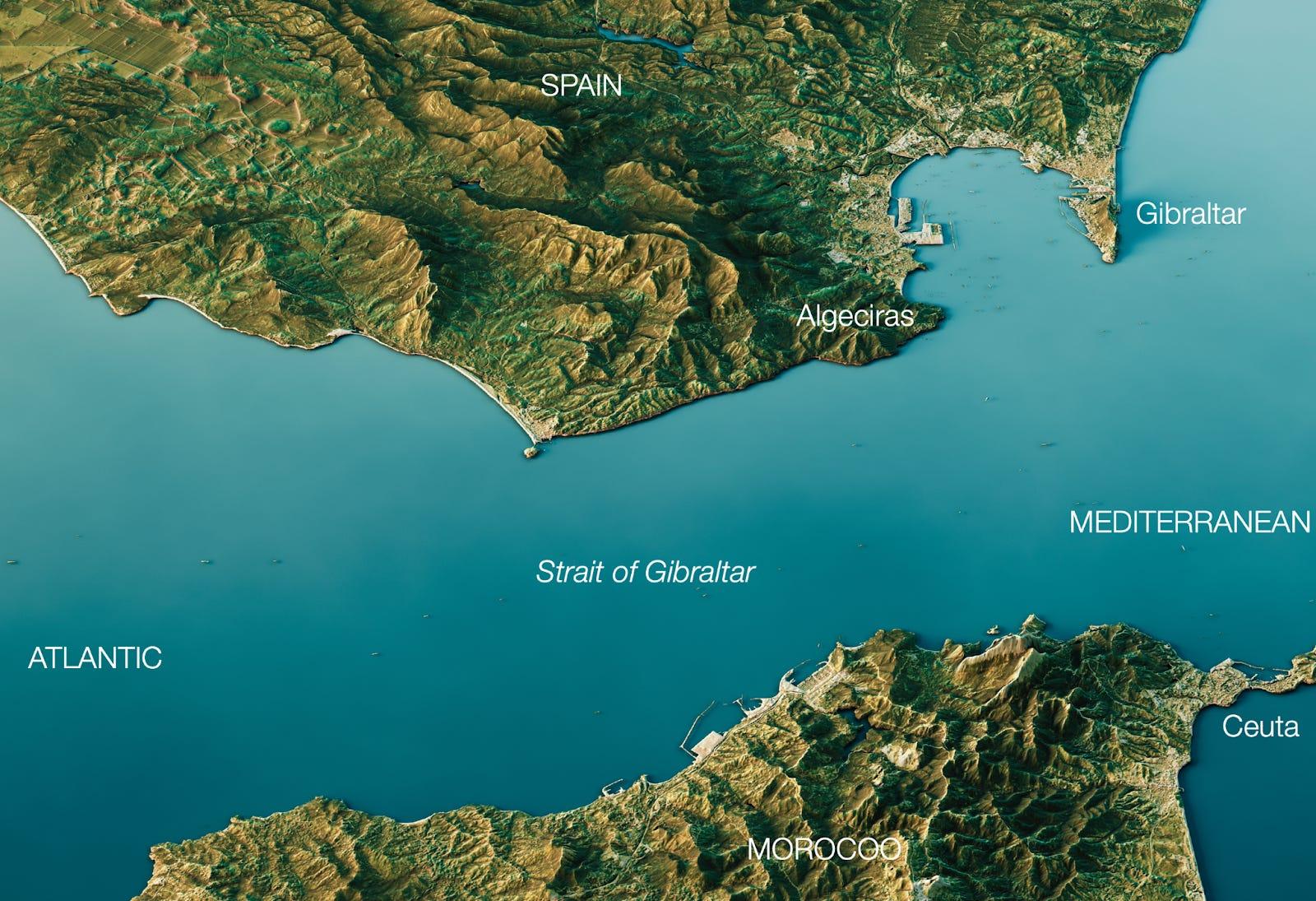
- 25 Dec 2023
Why is it in the News?
Recently, Iran has threatened to close the Strait of Gibraltar and the Mediterranean Sea unless Israel stops bombing Gaza.
About the Strait of Gibraltar:
- The Strait of Gibraltar is a narrow water passage that serves as a crucial link connecting Europe and Africa, facilitating the connection between the Mediterranean Sea and the Atlantic Ocean.
- Historical Significance: Prior to the inauguration of the Suez Canal in 1869, the Strait of Gibraltar held exclusive prominence as the sole gateway to the Mediterranean Sea.
- Geographical Borders: Positioned between Spain and the British Overseas Territory of Gibraltar in the north, and Morocco and the Spanish exclave of Ceuta in the south, the strait spans approximately 58 km and reaches a width of about 13 km at its narrowest point.
- Depth and Geological Formation: With depths ranging from 300 to 900 meters, the strait constitutes a significant divide between the elevated plateau of Spain and the Atlas Mountains of Northern Africa.
- Geological studies indicate that the strait originated from the northward movement of the African Plate towards the European Plate.
- High Maritime Activity: Recognized as one of the world's busiest waterways, the Strait of Gibraltar witnesses the daily transit of around 300 ships, equivalent to approximately one ship every 5 minutes.
- The Moroccan port of Tanger-Med, situated near Tangier, is a prominent port along the strait.
- Pillars of Heracles: Marking the eastern extremity of the strait, the area between the Rock of Gibraltar in the north and Mount Hacho or Jebel Moussa in the south spans approximately 23 km.
- These two land features referred to as the Pillars of Heracles, hold historical and geographical significance.
About the Mediterranean Sea:
- The Mediterranean Sea, an intercontinental body of water, is flanked by Europe to the north, Asia to the east, and Africa to the south.
- In the western expanse, it connects to the Atlantic Ocean through the narrow Strait of Gibraltar.
- To the extreme northeast, it links to the Black Sea via the Dardanelles Strait, the Sea of Marmara, and the Bosporus Strait.
- In the southeast, the Mediterranean Sea is connected to the Red Sea through the Suez Canal.
- Historical Significance: Recognized as the cradle of Western civilization, the Mediterranean Sea has played a pivotal role in the development of ancient cultures.
- Notable civilizations, including the Phoenicians, Ancient Greece, and the Roman Empire, flourished along its shores.
- Countries and Territories Along the Coast: A total of 22 countries, along with one territory (Gibraltar, a British Overseas Territory), have coastlines along the Mediterranean Sea.
- European nations with Mediterranean coastlines include Spain, France, Italy, Malta, Monaco, Slovenia, Croatia, Bosnia and Herzegovina, Montenegro, Albania, and Greece.
- Countries from the West Asian (Middle Eastern) region bordering the Mediterranean Sea include Turkey, Syria, Lebanon, Israel, Palestine (Gaza Strip), and the divided island of Cyprus.
- Additionally, five North African nations, namely Morocco, Algeria, Tunisia, Libya, and Egypt, have coastlines along the Mediterranean.
PM to release ‘Collected Works of Pandit Madan Mohan Malaviya’ on 25th December (PIB)
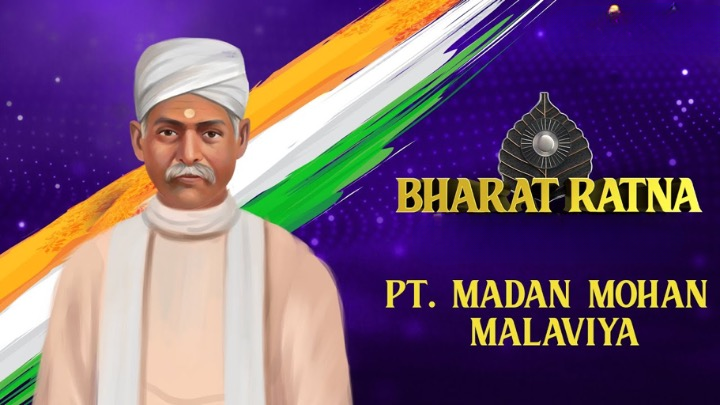
- 25 Dec 2023
Why is it in the News?
On the occasion of the 162nd birth anniversary of Mahamana Pandit Madan Mohan Malaviya, Prime Minister Shri Narendra Modi will release the first series of 11 volumes of ‘Collected Works of Pandit Madan Mohan Malaviya’, on 25th December, 2023.
About Pandit Madan Mohan Malaviya:
- Pandit Madan Mohan Malviya, born on December 25, 1861, in Allahabad, Uttar Pradesh, made significant contributions to India's education system and actively participated in the Indian Independence movement.
- Acknowledged as a venerable soul, Mahatma Gandhi bestowed upon him the title of 'Mahamana,' considering him an elder brother.
- In 2014, posthumously, Pandit Malviya was honoured with the Bharat Ratna, the highest civilian award in the country.
- In tribute to his legacy, the Indian Railways launched the Varanasi-New Delhi Mahamana Express in 2016.
Significant Contributions:
- Banaras Hindu University: In 1916, Pandit Madan Mohan Malviya played a pivotal role in the Indian independence struggle against British rule and established the Banaras Hindu University (BHU).
- Serving as the Vice-Chancellor at BHU from 1919 to 1938 showcased his dedication to education and leadership.
- Hindu Mahasabha: A founding member of the Hindu Mahasabha in 1906, Malaviya demonstrated his early leadership in this organization.
- As a social reformer and accomplished legislator, he contributed significantly during his 11-year tenure (1909–20) as a member of the Imperial Legislative Council.
- Scout and Guide Movement: Pandit Malviya was instrumental in establishing the Scout and Guide movement in India, showcasing his commitment to youth development and character building.
- 'Satyamev Jayate': Renowned for coining the famous slogan 'Satyamev Jayate,' Pandit Malviya proclaimed it during the 1918 Indian National Congress session when he served as the President.
- President of INC: Pandit Madan Mohan Malviya's leadership extended to the Indian National Congress, where he held the position of President for four sessions (1909, 1913, 1919, and 1932).
- His active role in the Civil Disobedience and Non-cooperation movements, led by Mahatma Gandhi, underscored his commitment to India's struggle for independence.
- Media Role: From 1924 to 1946, Pandit Malviya served as the Chairman of Hindustan Times and also founded several Hindi and English newspapers, including The Leader, Hindustan Dainik, and Maryada.
- Advocacy for Education and Social Causes: Malaviya championed free and compulsory primary education, opposed the system of indentured labour in the British Empire, and advocated for the nationalization of railways, reflecting his dedication to societal progress and reform.
“FLip” mutations of SARS-COV-2 may be evading immunity and leading to a surge in COVID cases, suggest researchers (DownToEarth)
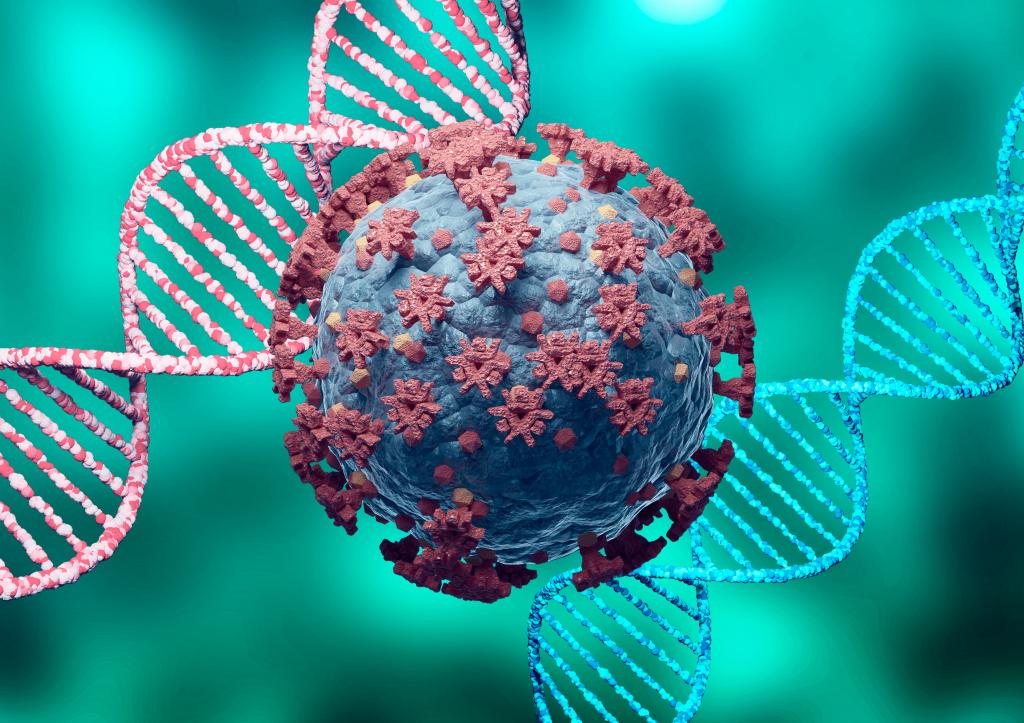
- 25 Dec 2023
Why is it in the News?
The omicron subvariant JN.1. is likely to soon become the dominant lineage of the SARS-CoV-2 virus worldwide, according to researchers at the University of Tokyo. The subvariant has a mutation in its spike protein, L455S, also called a “FLip” mutation.
Context:
- The mutations denoted as L455S and L455F are termed "FLip" mutations due to their role in interchanging the positions of amino acids F and L within the spike protein.
- These mutations enhance the virus's transmissibility.
- The substitution associated with these mutations reduces the receptor binding capacity of angiotensin-converting enzyme 2 (ACE2), a protein present in epithelial cells across various body parts, including the lungs, heart, and kidneys.
- ACE2 serves as a crucial entry point for the SARS-CoV-2 virus, binding through its spike-like protein on the virus's surface.
- The FLip mutations, specifically L455F and F456L, are characterized by the swapping of positions between two amino acids, F and L, within the spike protein.
What is Flip Mutation?
- A flip mutation, also known as bit flip mutation, is a genetic operator used in evolutionary algorithms, particularly genetic algorithms (GAs).
- It works by randomly flipping the values of individual genes (bits) within a chromosome, introducing small changes to the genetic makeup of an individual.
- Imagine a chromosome as a string of 0s and 1s, representing the genetic code for a specific trait or characteristic.
- A flip mutation randomly selects one or more of these bits and changes their values.
- For example, a 0 might be flipped to a 1, or vice versa.
- The following image depicts flip mutation:
How does it work:?
- Individual selection: An individual is selected from the population.
- Gene selection: One or more genes (bits) within the individual's chromosome are randomly chosen.
- Bit flipping: The value of each selected gene is flipped. This means that a 0 is changed to a 1, and vice versa.
Odisha Government has declared Leprosy as a 'Reportable Disease' in the State (New Indian Express)
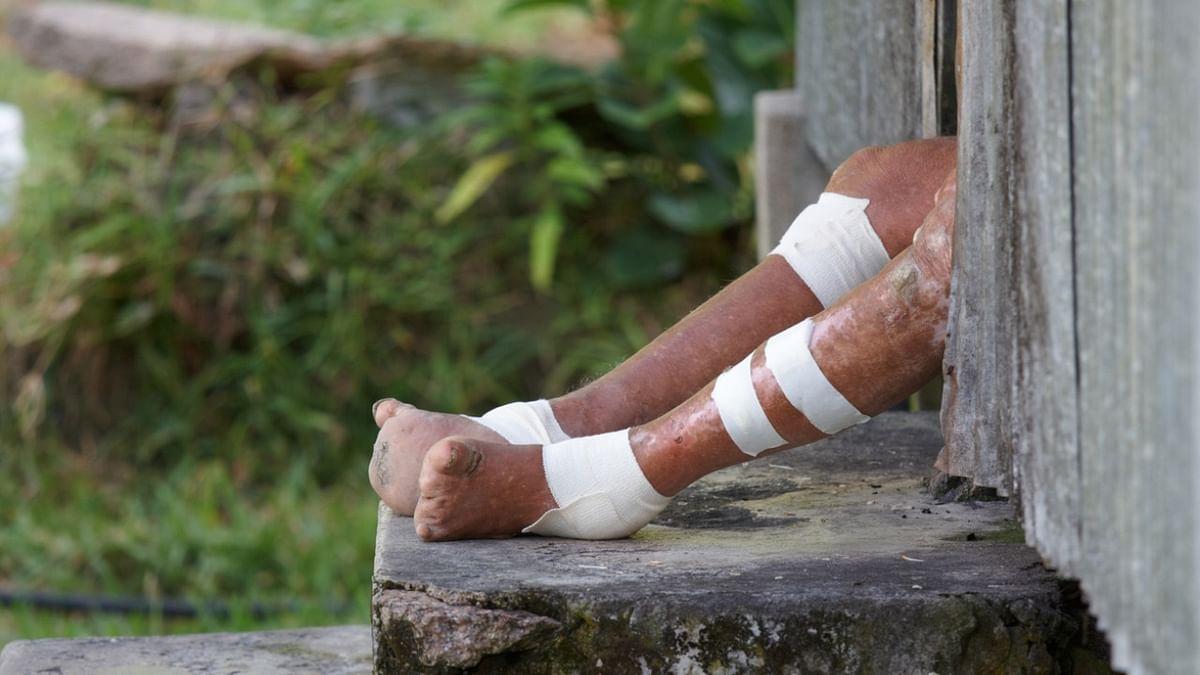
- 25 Dec 2023
Why is it in the News?
The Odisha government on Friday declared leprosy a reportable disease in the state and asked hospitals and persons dealing with diagnosis and treatment, institutions imparting medical education and providing diagnostic services to report all cases to the respective district health authorities.
What is Leprosy?
- Leprosy, often referred to as Hansen's disease, is a persistent infectious illness brought on by the bacteria Mycobacterium leprae.
- The skin, eyes, mucosal surfaces of the upper respiratory tract, and peripheral nerves are the main areas affected by this condition.
- If left untreated, the condition has the potential to produce gradual and irreversible impairments.
- Prevalent in tropical and subtropical regions, leprosy qualifies as a neglected tropical disease (NTD) found in over 120 countries.
- Its occurrence spans all age groups, encompassing early childhood to advanced age.
- Transmission of Disease: Transmission of leprosy transpires through droplets from the nose and mouth, necessitating prolonged, close contact with an untreated individual.
- Contrary to misconceptions, casual interactions such as handshakes, hugs, shared meals, or proximity do not facilitate transmission.
- Symptoms: Symptoms usually manifest 3 to 5 years post-exposure to the leprosy-causing bacteria.
- Red patches on the skin.
- Skin Lesion
- Numbness in arms, hands, and legs.
- Ulcers on the soles of feet.
- Muscle Weakness and excessive weight loss.
- Nerve damage can result in loss of sensation in limbs and potential mucous membrane complications like a stuffy nose or nosebleeds.
- Treatment: Leprosy is curable through Multi-Drug Therapy (MDT), with early intervention crucial in preventing disability.
- Importantly, the commencement of treatment not only aids in recovery but also halts the transmission of the disease.
About the National Leprosy Eradication Programme (NLEP):
- The National Leprosy Eradication Programme is a centrally sponsored Health Scheme under the National Health Mission of the Ministry of Health and Family Welfare, Govt. of India.
- The Programme is headed by the Deputy Director of Health Services (Leprosy ) under the administrative control of the Directorate General Health Services, Govt. of India.
- While the NLEP strategies and plans are formulated centrally, the programme is implemented by the States/UTs.
- The major concern of the Programme is to detect cases of leprosy at an early stage and provide complete treatment, free of cost, in order to prevent the occurrence of Grade II Disability (G2D) in affected persons.
- India has achieved the elimination of leprosy as a public health problem as per WHO criteria of less than 1 case per 10,000 population at the National level in 2005.
- However, there are few districts within States where leprosy is still endemic.
Sports Ministry requests IOA to constitute an ad-hoc committee to manage WFI affairs (Indian Express)
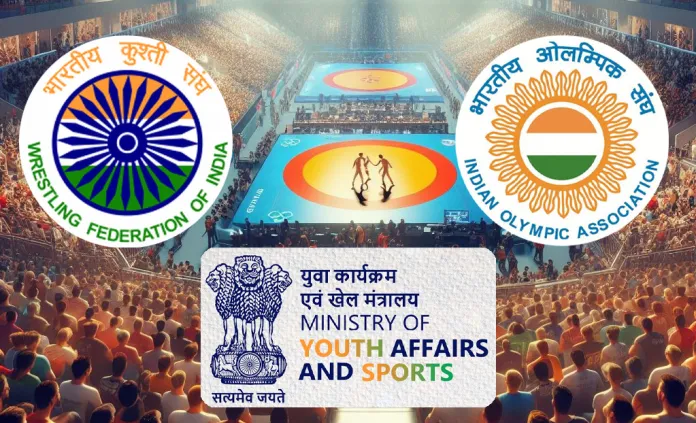
- 25 Dec 2023
Why is it in the News?
After suspending the newly elected Wrestling Federation of India (WFI) body on Sunday, the Sports Ministry have requested the Indian Olympic Association to constitute an ad-hoc committee to manage and control the affairs of the federation.
News Summary:
- Three days after the Wrestling Federation of India (WFI) elected a new governing council to run the sport in India, the Union Ministry of Youth Affairs and Sports directed the body to suspend all activities.
- It issued a letter to the Indian Olympic Association (IOA) to create an ad-hoc committee to manage and control the affairs of the WFI.
About the Wrestling Federation of India (WFI):
- Established in 1958 and headquartered in New Delhi, the Wrestling Federation of India (WFI) serves as the governing body for wrestling.
- Mission: WFI plays a pivotal role in nurturing and promoting wrestling talent for prestigious events such as the Olympics, Asian Games, National Wrestling Championships, and World Wrestling Championships.
- Affiliation: As an integral part of the Indian Olympic Association (IOA), WFI operates in accordance with the rules and regulations set forth by both the International Olympic Committee (IOC) and United World Wrestling (UWW).
- The UWW, recognized as the international governing body for wrestling, holds responsibilities ranging from overseeing wrestling competitions at the World Championships to ensuring adherence to standards at the Olympic level.
- WFI's Contract System for Wrestlers: In a groundbreaking move in 2018, WFI introduced an innovative contract system designed to support wrestlers.
- This system categorizes wrestlers into four grades:
- Grade A, providing financial assistance of 30 lakh rupees.
- Grade B offers a financial support package of 20 lakh rupees.
- Grade C, extending support amounting to 10 lakh rupees.
- Grade D provides a support package of 5 lakh rupees.
- To ensure relevance and fairness, the contracts undergo a thorough review on an annual basis, reflecting WFI's commitment to the ongoing development and support of wrestling talent.
About Indian Olympic Association (IOA):
- The Indian Olympic Association acts as the governing body overseeing the Olympic Movement and the Commonwealth Games within India.
- It holds affiliation with prominent international bodies, including the International Olympic Committee (IOC), Commonwealth Games Federation (CGF), Olympic Council of Asia (OCA), and Association of National Olympic Committees (ANOC).
- In fulfilling its role, the IOA manages key aspects of sports governance and prioritizes the welfare of athletes across the nation.
- Responsibilities: As a recognized entity by the Ministry of Youth Affairs and Sports, the IOA undertakes the crucial responsibility of coordinating the representation of athletes and teams in major international multi-sport events such as the Olympic Games, Commonwealth Games, Asian Games, and others sanctioned by the IOC, CGF, OCA, and ANOC.
- Historical Perspective: Established in 1927 with Sir Dorabji Tata serving as the Founding President and Dr. A.G. Noehren as the Secretary-General, the IOA operates as a Non-Profit Organization under the Societies Registration Act of 1860.
- This history underscores its enduring commitment to the promotion of sports.
- Governance Structure: Currently governed by a 32-member Executive Council, the IOA is led by a President.
- Elections for the Executive Council occur once every four years, emphasizing democratic and periodic leadership changes within the organization.
